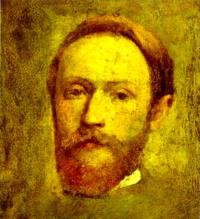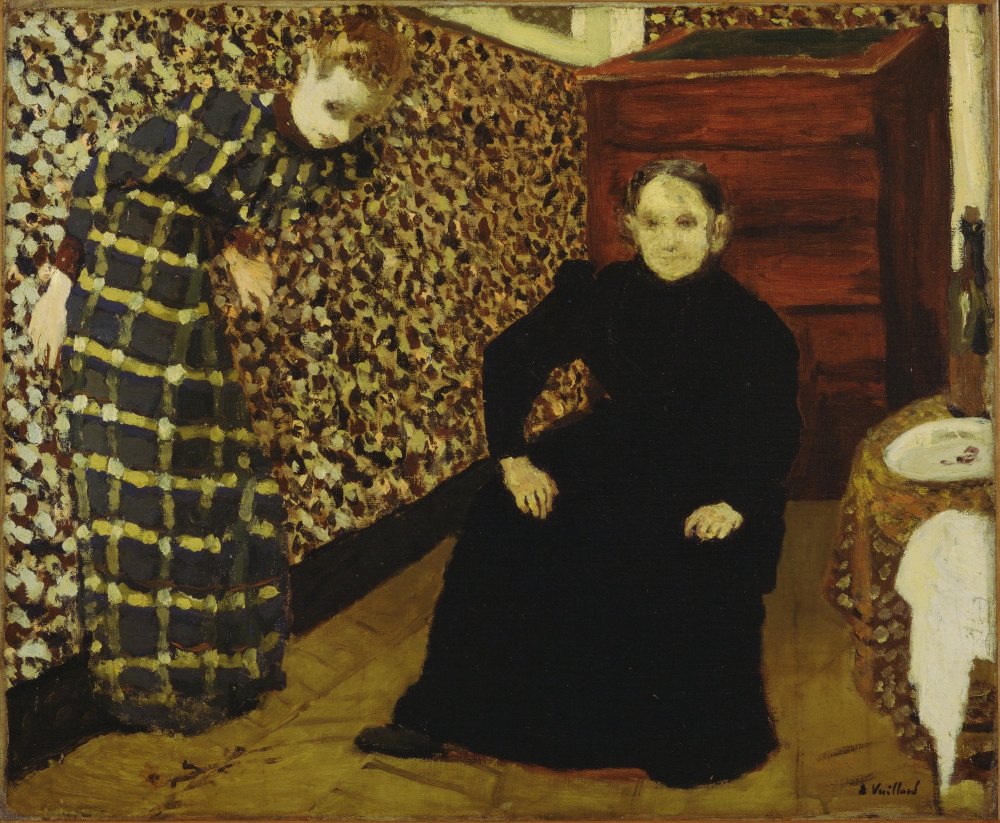
Synopsis
Édouard Vuillard was a member of the Symbolist group known as Les Nabis (from the Hebrew and Arabic term for “prophets” and, by extension, the artist as the “seer” who reveals the invisible). However, he was less drawn to the mystical aspects of the group and more drawn to fashionable private venues where philosophical discussions about poetry, music, theatre, and the occult occurred. Because of his preference for the painting of interior and domestic scenes, he is often referred to as an “intimist,” along with his friend Pierre Bonnard. He executed some of these “intimist” works in small scale, while others were conceived on a much larger scale made for the interiors of the people who commissioned the work.
Key Ideas
For Vuillard, reticent by nature, the subject of the interior served as a symbol for the interior self, separate from the rest of the world. This is an aspect of a modernist idea – the notion that one’s personal viewpoint, a subjective view of reality, can gain insight into the truth.
As a Symbolist painter and part of the fin-de-siècle escape into the aesthetic, Vuillard employed flat patterns into which his figures were embedded in order to express both emotion and ideas. This kind of abstract painting evolved to communicate ideas not expressible through traditional painterly means. Color and shape could represent experiences that are difficult to express in words.
Although the Symbolists were, in general, anti-utilitarian (and more art-for-art’s sake), Vuillard created large-scale screens and murals that were architectural in conception (and part of the “applied arts”). These large-scale works – intended for the use of interior decoration – linked him to other modernists’ search for the “total work of art” (the Gesamtkunstwerk) that would help unify society, but updated it to function in contemporary interior spaces.
Most Important Art
Interior, Mother and Sister of the Artist (1893)

More Art Work

